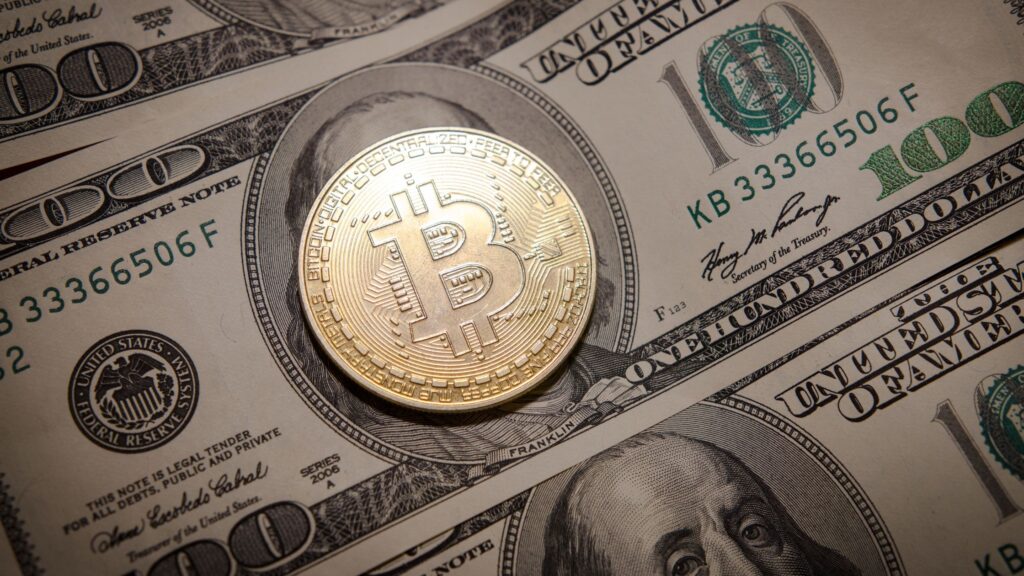The Rise of Crypto Scams: How to Protect Your Digital Assets

Cryptocurrency has revolutionized the financial industry, offering decentralized and borderless transactions. However, with this innovation comes an increasing number of scams targeting unsuspecting investors. As digital assets gain popularity, scammers are finding new ways to exploit users through sophisticated fraud tactics.
In this blog, we will explore the different types of cryptocurrency scams, how they work, and most importantly, how you can protect your digital assets from fraudsters.
Common Types of Cryptocurrency Scams
1. Phishing Scams
Phishing scams involve fraudsters tricking victims into revealing sensitive information, such as private keys or login credentials. These scams often take place through:
- Fake websites that mimic legitimate cryptocurrency exchanges.
- Emails or messages pretending to be from official crypto platforms.
- Social media accounts impersonating crypto influencers or companies.
How to Protect Yourself:
- Never click on suspicious links.
- Verify website URLs before entering login details.
- Enable two-factor authentication (2FA) for all crypto accounts.
2. Ponzi and Pyramid Schemes
Ponzi and pyramid schemes promise high returns with little or no risk. These scams rely on new investors’ funds to pay returns to earlier investors, creating an illusion of profitability.
Examples:
- Bitconnect (collapsed in 2018, causing billions in losses).
- Cloud mining scams offering guaranteed profits.
How to Protect Yourself:
- Be cautious of investment schemes promising unrealistic returns.
- Research projects before investing.
- Avoid platforms that lack transparency about revenue generation.
3. Fake Initial Coin Offerings (ICOs) and Rug Pulls
Scammers create fake ICOs or projects, attracting investors with promises of groundbreaking technology. Once enough money is raised, the developers disappear, leaving investors with worthless tokens.
How to Protect Yourself:
- Check if the project has a verifiable team.
- Research the whitepaper and roadmap.
- Look for community discussions and expert reviews.
4. Pump and Dump Schemes
In these scams, fraudsters artificially inflate a coin’s price by spreading misleading information. Once the price surges, they sell off their holdings, causing the price to crash and leaving other investors with losses.
How to Protect Yourself:
- Avoid investments based on hype or celebrity endorsements.
- Research the fundamentals of a coin before buying.
- Be skeptical of sudden price surges without solid backing.
5. Fake Wallets and Exchanges
Fraudsters create fake wallets or exchanges to steal users’ funds. These platforms often look legitimate but lack security measures, allowing hackers to gain access to stored cryptocurrencies.
How to Protect Yourself:
- Use only well-known and trusted wallets.
- Verify an exchange’s reputation before depositing funds.
- Enable security features like cold storage and multi-signature authentication.
6. Giveaway and Impersonation Scams
Scammers create fake social media accounts impersonating famous individuals or brands, claiming to offer free crypto in exchange for an initial deposit. These scams often spread on platforms like Twitter and Telegram.
How to Protect Yourself:
- Never send cryptocurrency to claim a giveaway.
- Verify the authenticity of social media accounts.
- Report fake accounts and scams to the platform.
How to Stay Safe in the Crypto Space
1. Use Secure Wallets
- Store cryptocurrencies in hardware wallets (cold wallets) rather than online wallets.
- Choose wallets with strong encryption and backup options.
- Never share your private keys or seed phrases with anyone.
2. Verify Before You Trust
- Double-check website URLs and email senders.
- Avoid clicking on unsolicited crypto investment offers.
- Research any project before investing.
3. Enable Security Features
- Use two-factor authentication (2FA) on all crypto accounts.
- Set up withdrawal whitelists to limit unauthorized transactions.
- Regularly update passwords and avoid using the same password for multiple accounts.
4. Stay Informed About Scams
- Follow trusted crypto news sources and forums.
- Join communities that discuss scam alerts and security updates.
- Report any suspicious activity to authorities.
5. Be Cautious of High-Return Promises
- If it sounds too good to be true, it probably is.
- Legitimate investments have risks; guaranteed returns are often scams.
What to Do If You Fall Victim to a Crypto Scam
If you suspect you’ve been scammed, act quickly to minimize losses:
- Report the scam to crypto exchanges, wallet providers, and financial authorities.
- Freeze accounts if possible to prevent further losses.
- Gather evidence (screenshots, transaction records) to support your claim.
- Seek professional help from fund recovery experts like Fraud Awareness Courses Ltd (FAC).
Conclusion
As cryptocurrency adoption grows, so do the risks associated with scams. Staying vigilant, conducting thorough research, and following security best practices can help protect your digital assets from fraudsters.
Remember, in the crypto world, security is your responsibility. Educate yourself, stay informed, and never invest more than you can afford to lose.
If you need assistance with recovering lost funds or want to learn more about protecting your investments, contact Fraud Awareness Courses Ltd (FAC) today.
